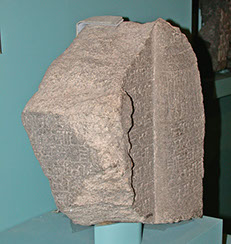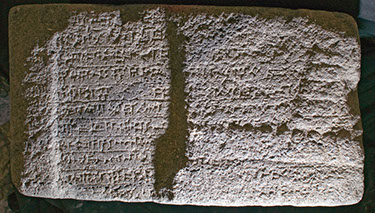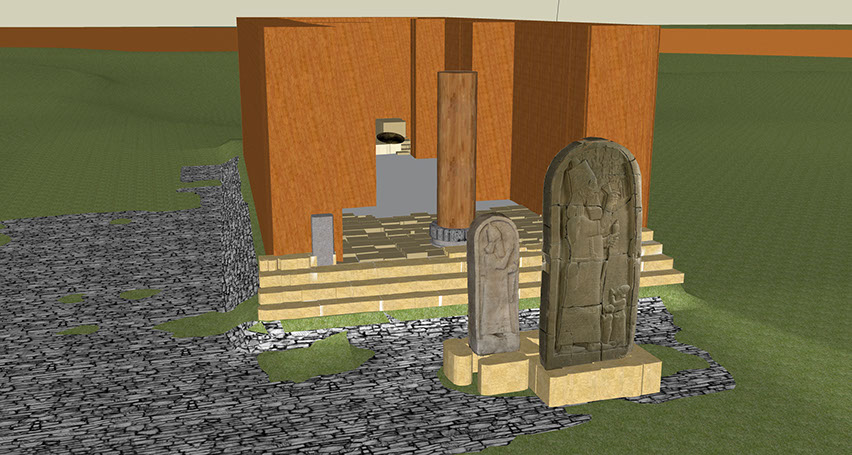Amid the numerous architectural, sculptural, and textual riches, found at Tayinat in the Chicago excavations of the 1930's it is perhaps understandable that four broken pieces of basalt bearing fragmentary cuneiform inscriptions received little attention by the excavators. In a parenthetical aside to his presentation of an inscribed metal roundel from Tell Tayinat, Brinkman (1977, 62) remarks, “[t]here are also a few stone inscriptions in Neoassyrian script which were found at the same site; these may be NA royal texts, but so little survives of them that a precise determination has yet to be made.” In addition to the four basalt fragments excavated by the Syrian-Hittite Expedition, a fifth inscribed basalt fragment was brought to the Hatay Archaeological Museum in 2009 by the owner of the local farmstead located on the southwest corner of the tell, who had reportedly found it on the surface of the mound used it as a paving stone.
Although they were found in scattered in different areas of the tell, at least three of the fragments can be securely said to derive from a single monument on textual grounds as A 27862 describes itself as a narû or “stele”.
Understanding this fact, we can now establish the original placement of some of the fragments in the original stele from the fragments’ shape and sculptural elements. By overlaying the line drawings of other contemporary stele with photographs of the fragments with these distinguishing features, one can ascertain their general placement and create a context for the fragments within the stele.



Since the Esarhaddon Succession Treaty, a copy of which was found at Tayinat, specifies that images (ṣalmū) of Esarhaddon Assurbanipal, and his brothers were erected together with the deposition of that cuneiform tablet it was logical to compare the preserved text on the fragments to other known preserved examples, such as the one found at Zincirli (ancient Sam'al). The result confirmed that the form and sculptural elements of the fragments belonged to an image of a king carved in sunken relief on a stele. It also provided a context for the inscription preserved on the fragments, which, in turn, enabled the identification of Sargon II as its author, matching the text from exemplars found on Cyprus, Tell Acharneh and the Beirut Stele.



